Quien es Mi VECINO?/ Who is My NEIGHBOR?
2017
During the summer of 2017, I built a white-picket fence on wheels so that I could move it around the Pilsen neighborhood in Chicago. Soon after, I reached out to the Pilsen Alliance, a non-profit organization fighting against gentrification. With their help, I was able to take my project out into different areas along Pilsen’s 18th street corridor. People conversed with me about the changes in Pilsen and (if they wished) participated by writing messages with a Sharpie marker on the wall. The messages were meant to address the following: “What the changes in Pilsen meant to individuals personally? In what ways they have been impacted by gentrification in this neighborhood? Who are their neighbors? Do they know who they are? What does it mean to be a good neighbor? Do they get along well or poorly with their neighbors?” I emphasized the validity of honest answers, so that any connotations of the word “neighbor” would not impede what each individual saw as their real relationship to the neighborhood.
Find more information about this work in description below.
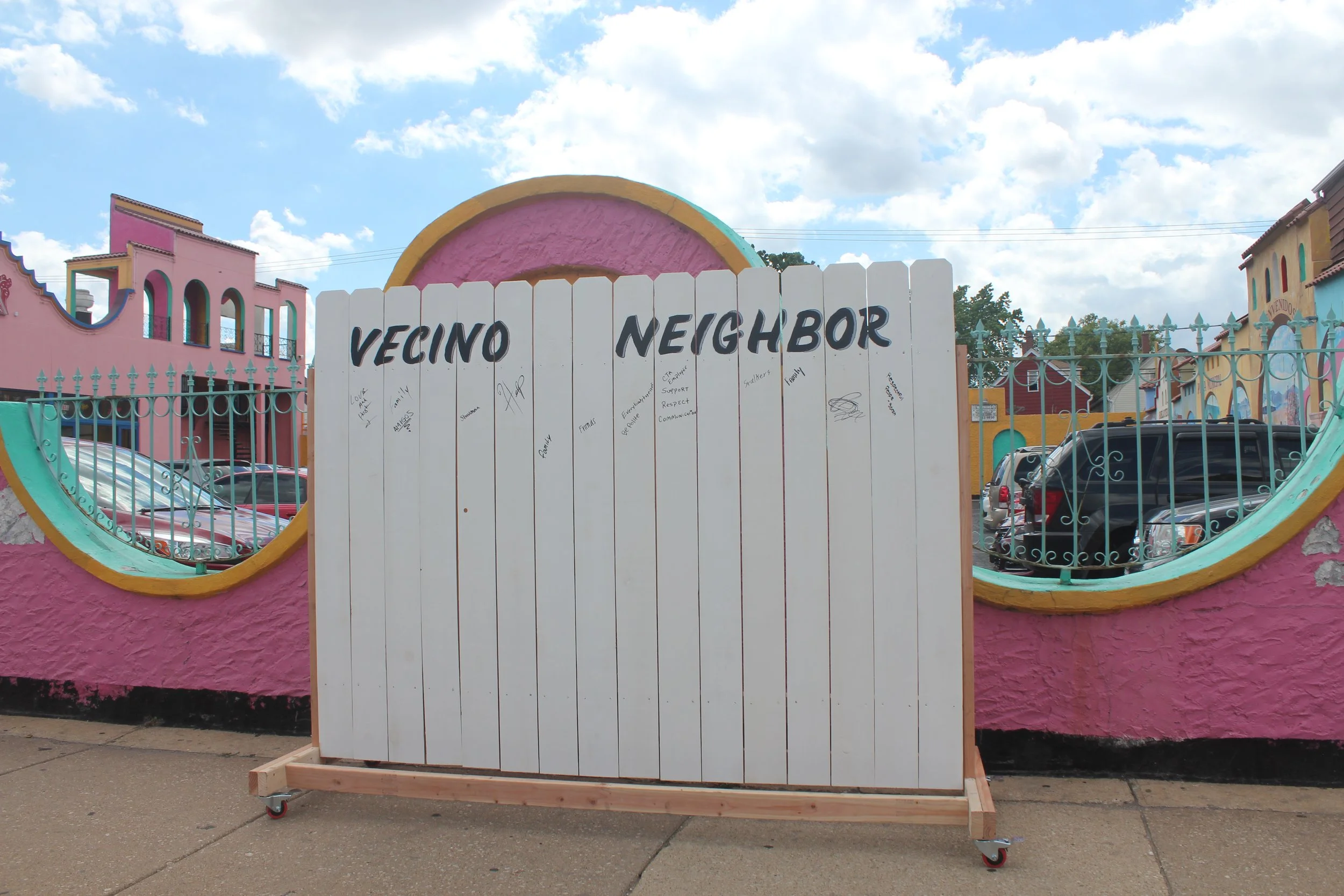

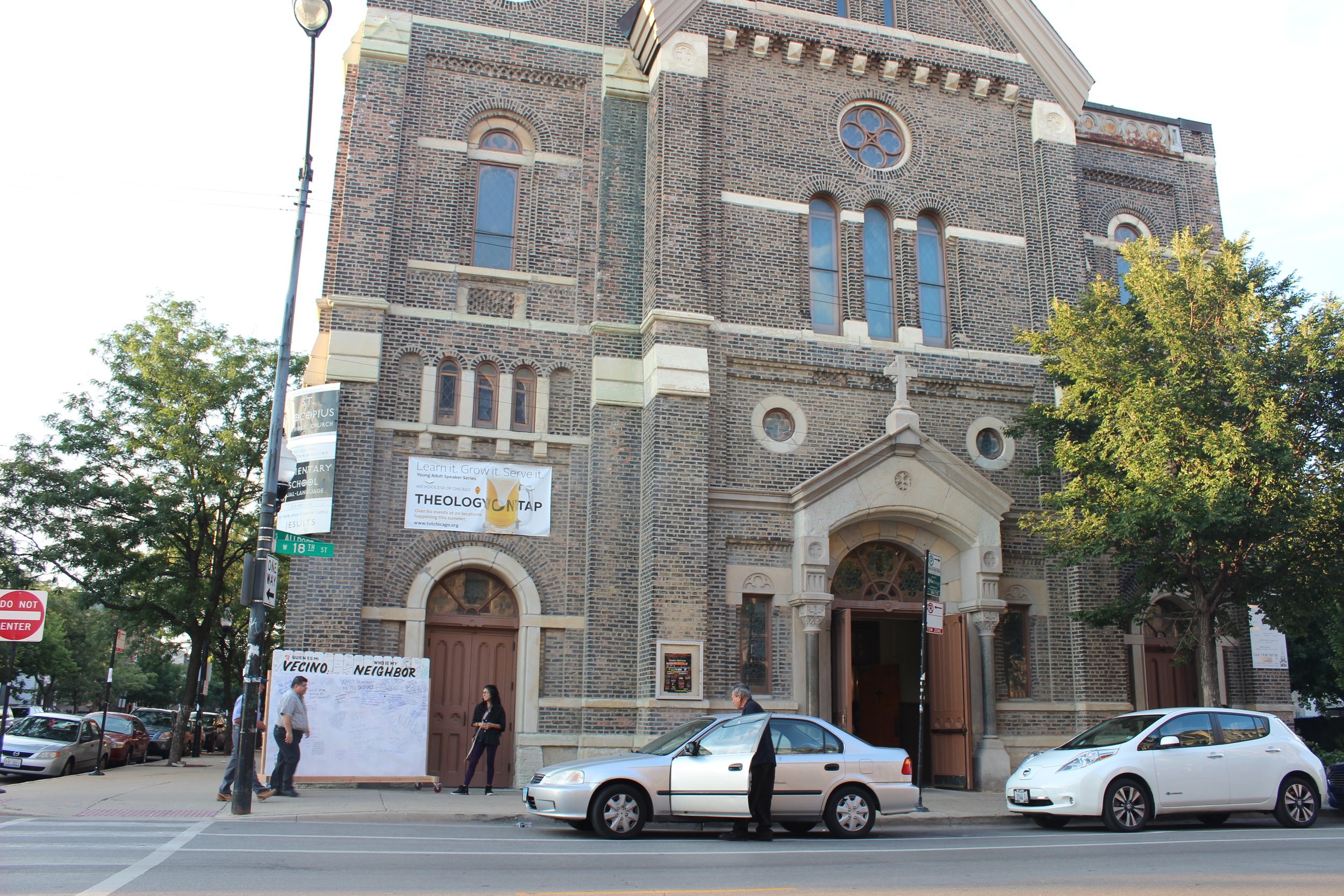
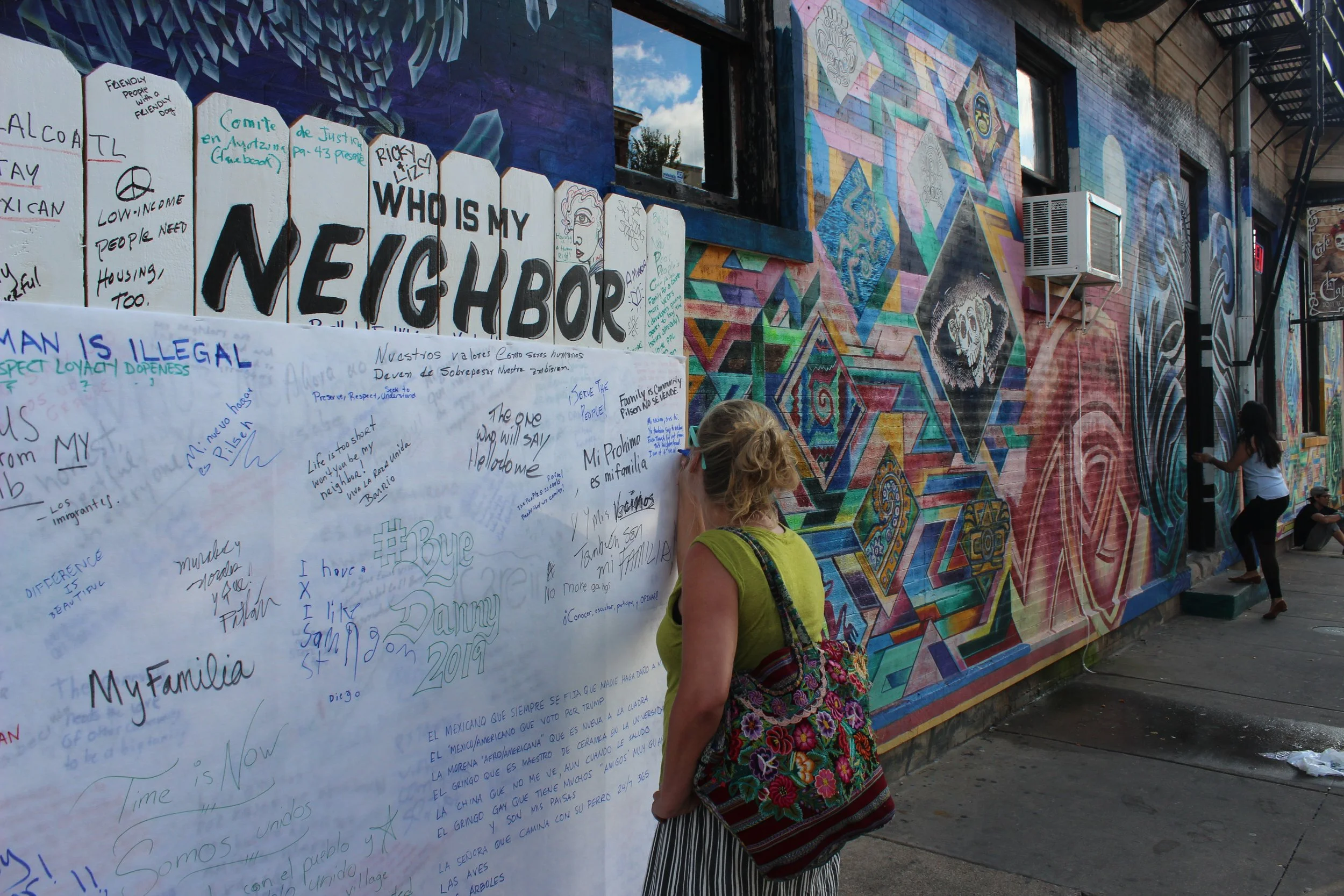




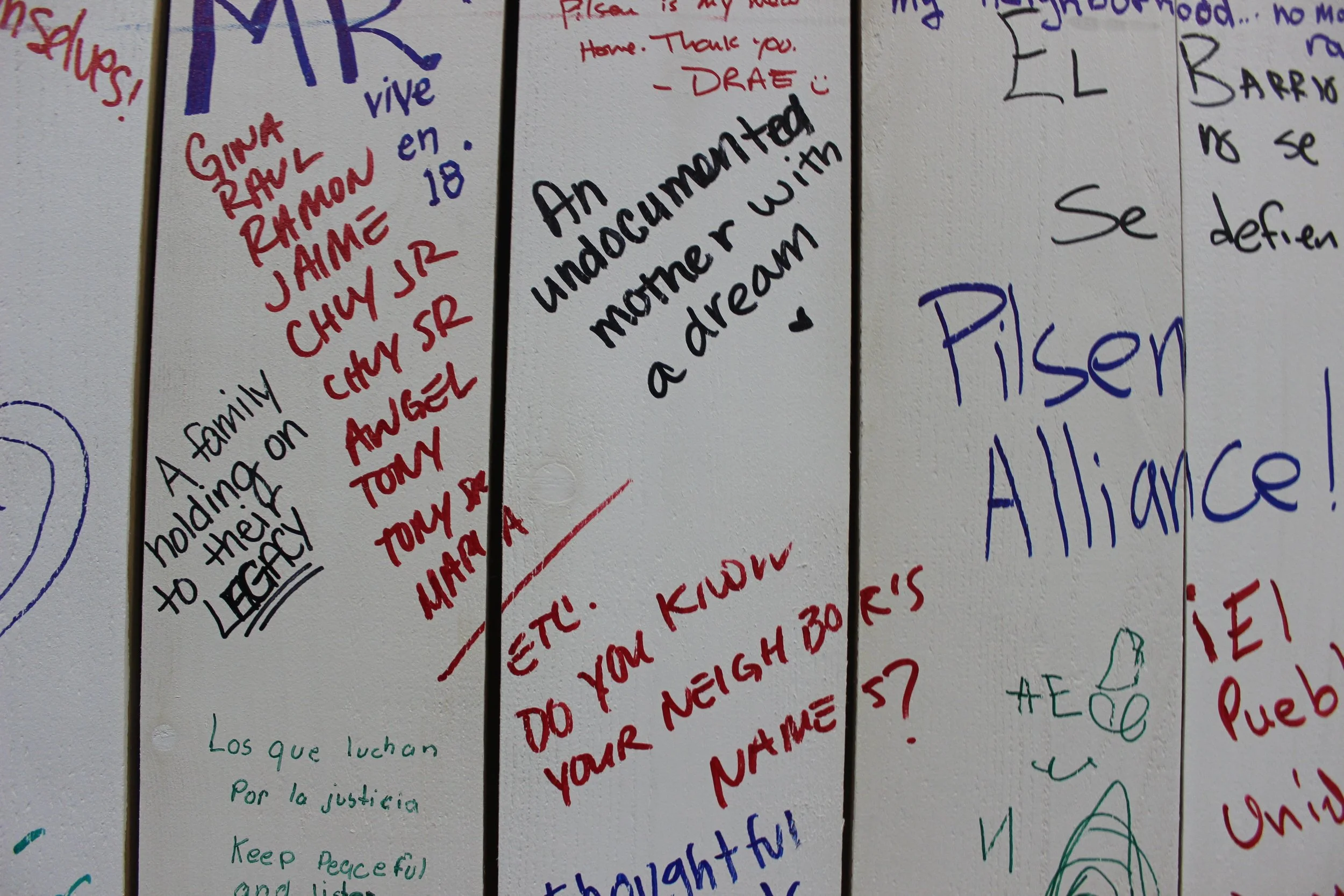

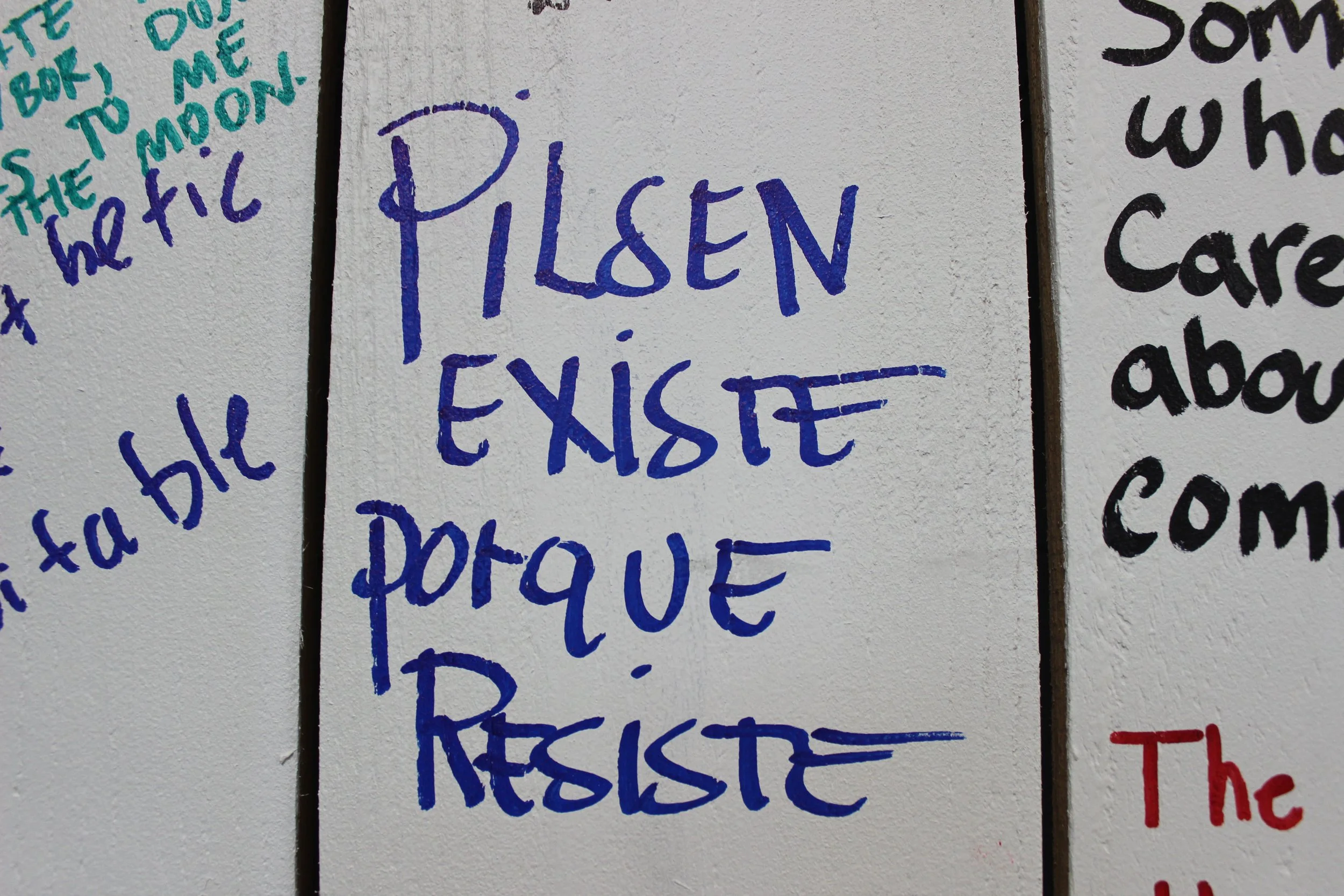
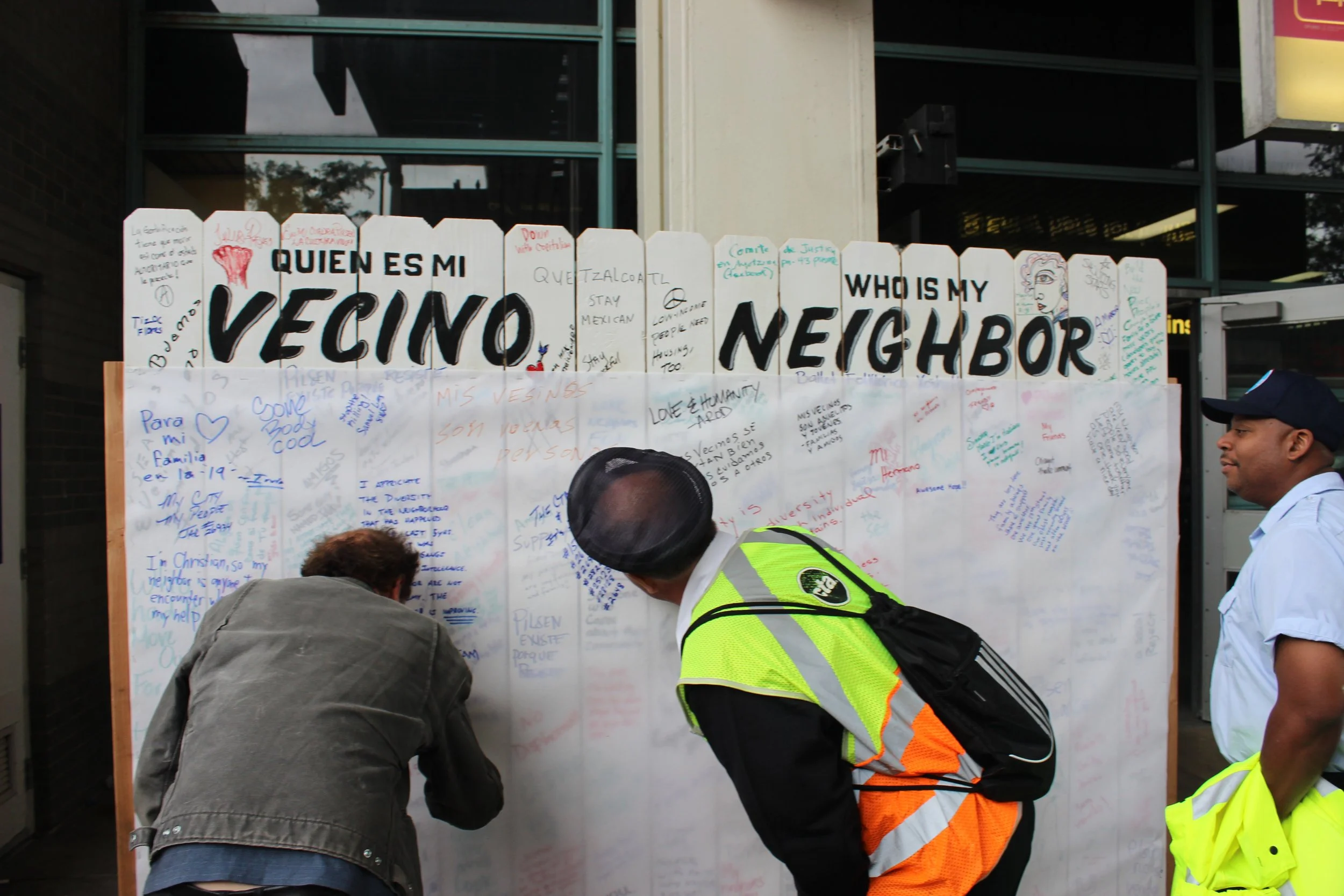
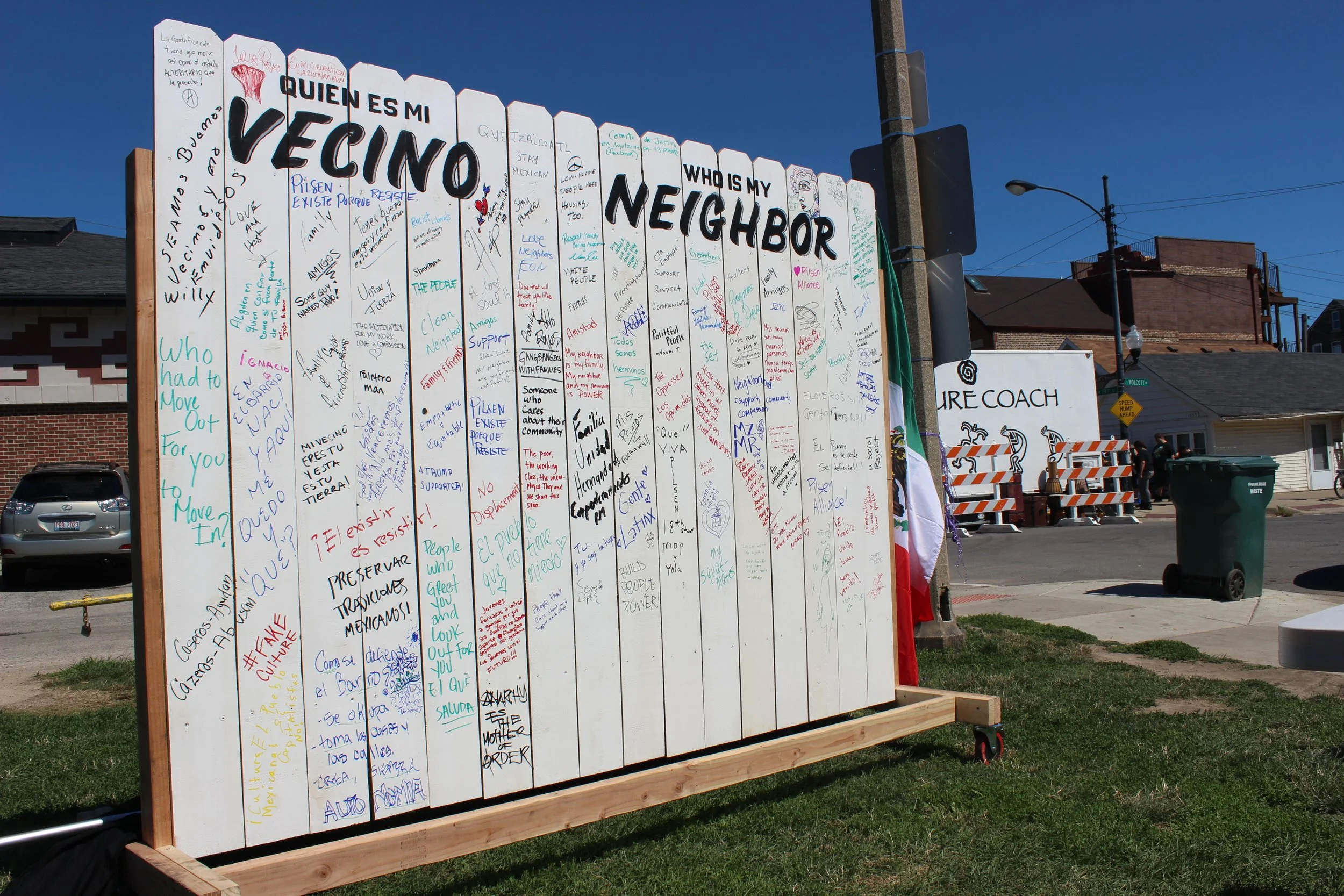
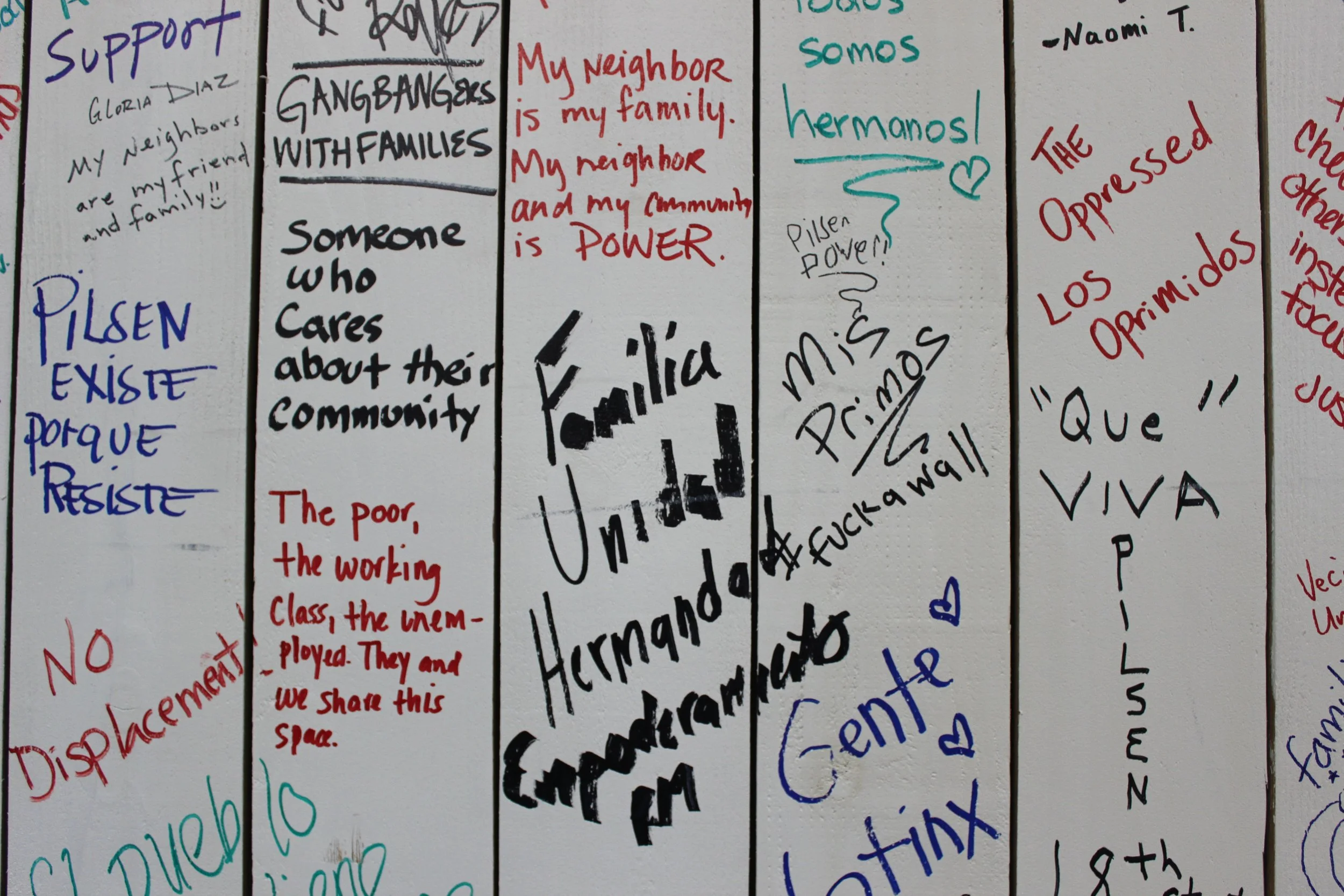
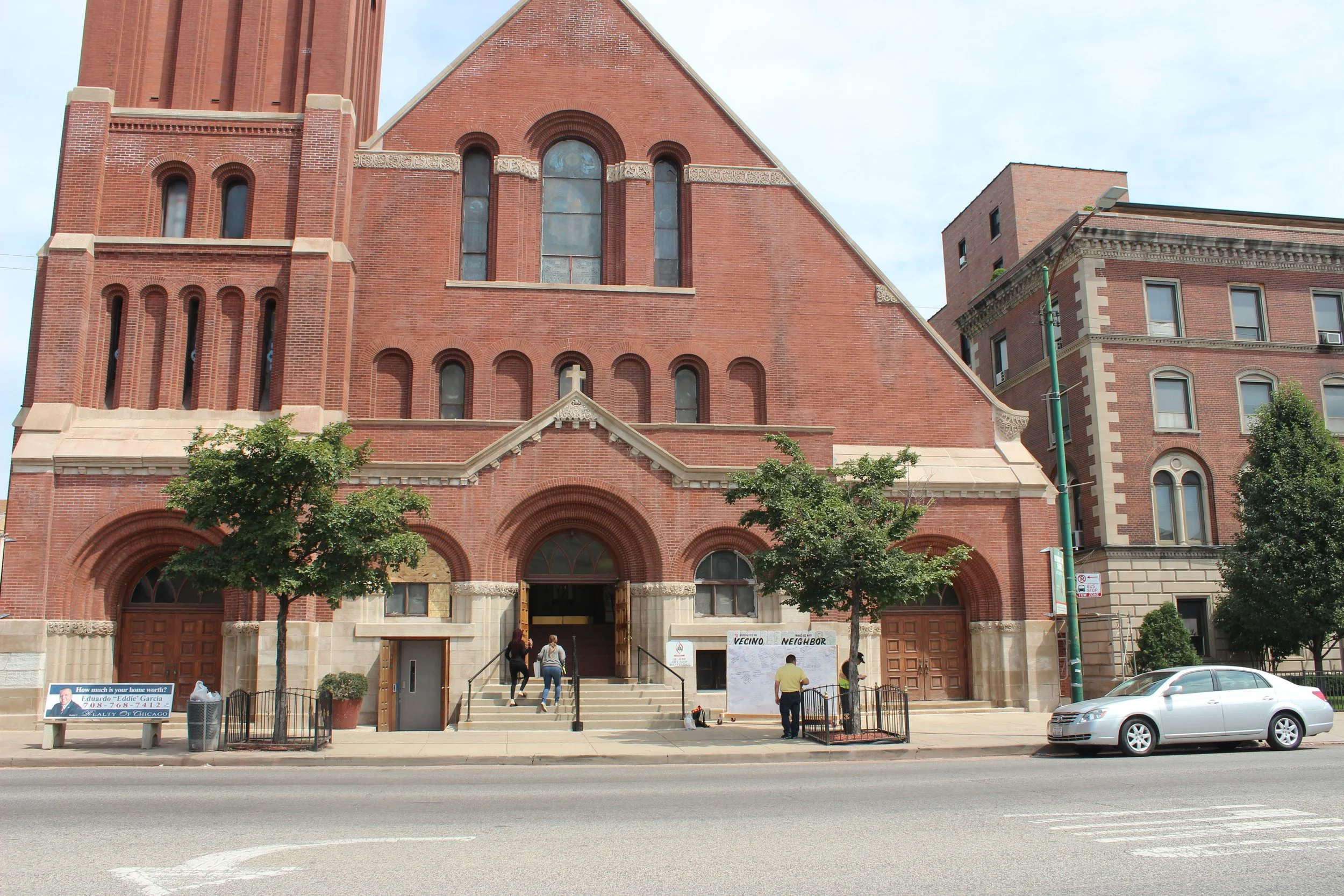
What is a neighbor?
What does the word neighbor mean when you don’t know your neighbors? I asked myself this when I moved into the Pilsen neighborhood of Chicago, Illinois in 2016. As an artist from Santa Fe, New Mexico, a town which, like Pilsen, has undergone drastic changes as a result of gentrification. Art played a major role in gentrifying Santa Fe, pushing me to understand the role art plays in exacerbating or alleviating the effects of gentrification. Internationally, Santa Fe’s Canyon Road is known for its exclusive art market. Locally however, it’s synonymous with a history of displacement.
Pilsen has been recognized for its culturally rich Mexican identity. Named after the Czech city with the same name, the Pilsen neighborhood has been a port of entry for immigrants since the early 1900s. Pilsen had a Czech majority up until the ‘70s when the University of Illinois at Chicago’s westward expansion demolished an entire Westside neighborhood, forcing Mexican immigrants to move into Pilsen. Pilsen became an attractive area for reinvestment in the last decade, contributing to ongoing changes that displaced around 10,000 individuals since the year 2000.
I wanted to address my position as an outsider by making an interactive art piece that allowed the public to air out what these changes meant to them personally. I made a white picket fence, painting the statements “Who is My Neighbor” and “Quien es mi Vecino” at the top to serve as a prompt meant to elicit a conversation about who the participants’ neighbor(s) is/are really.
The responses varied drastically: some welcomed the changes in the neighborhood as positive because (as they saw it) more investment meant less gun violence; others, however, saw the change as a positive for the newcomers, but a detriment that displaced families who lived in Pilsen for generations. This piece served to gather and represent the voices of my Pilsen neighbors while simultaneously allowing me to examine my personal relationship to gentrification.